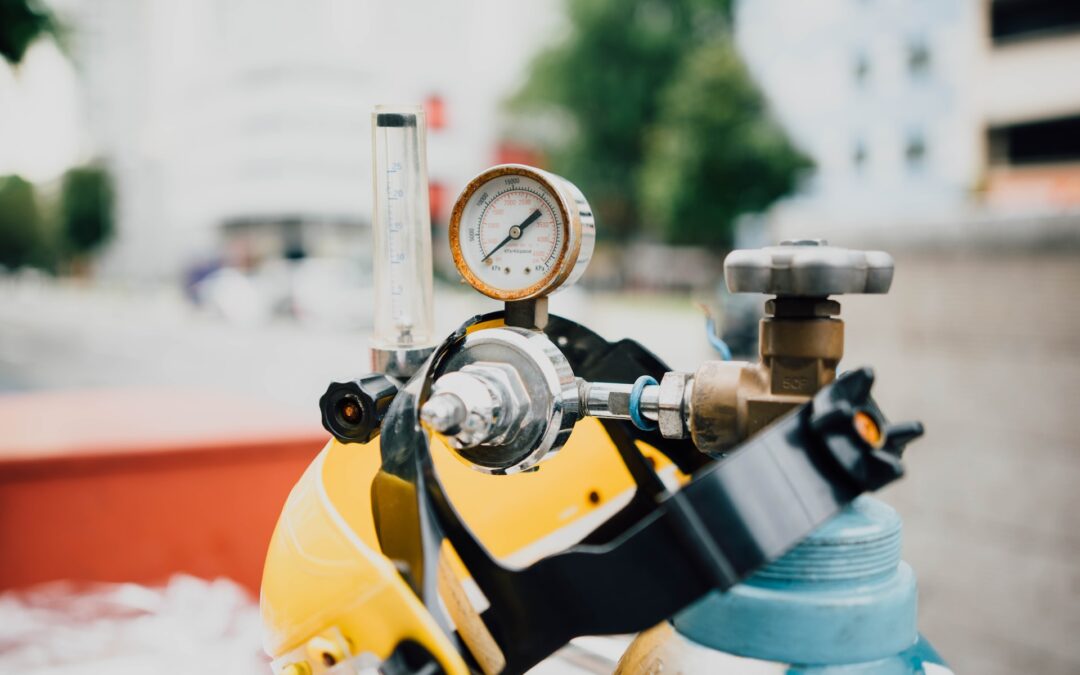Gas detection is crucial in maintaining safe working conditions and compliance with industry regulations in the oil and gas sector. Due to the complex nature of these environments and the potential presence of hazardous gases, implementing reliable gas detection equipment and solutions is pivotal for protecting workers and ensuring efficient operations. In this article, we will delve into the importance of gas detection for the oil and gas industry, examine the various types of gas detection equipment available, and showcase how Tiger Safety Rentals can support your business with various gas detection solutions tailored to your needs.
Tiger Safety Rentals has a long track record of providing specialized safety equipment and services to the global oil and gas industry. Leveraging our extensive experience and industry knowledge, we offer a comprehensive range of gas detection equipment designed to address the unique challenges and requirements of onshore and offshore operations. By partnering with Tiger Safety Rentals, you can ensure access to state-of-the-art gas detection technology, industry-specific expertise, and a steadfast commitment to safety, ultimately helping you protect your workforce and maintain regulatory compliance.
Read on to learn more about the critical role of gas detection in the oil and gas industry, the various types of equipment available, and how Tiger Safety Rentals can help you implement the appropriate gas detection solutions for your specific needs.
The Critical Role of Gas Detection in the Oil and Gas Industry
Gas detection is an essential aspect of workplace safety in the oil and gas sector, as it helps identify the presence of hazardous gases before they pose serious risks to workers or the surrounding environment. Effective gas detection solutions can provide numerous benefits, including:
- Prevention of Accidents and Injuries: The presence of hazardous gases can lead to explosions, fires, or poisoning of workers if left undetected. Implementing reliable gas detection equipment can help prevent such accidents and protect workers from harm.
- Enhanced Operational Efficiency: Gas leaks and related incidents can lead to costly downtime and repairs. With early detection, operators can promptly address gas leaks, ensure operational continuity, and minimize losses.
- Improved Regulatory Compliance: Failure to meet industry-specific gas detection regulations can result in severe financial and legal penalties. Proper gas detection solutions help maintain compliance with regulatory requirements and avoid liability.
- Environmental Protection: Uncontrolled gas leaks can lead to environmental contamination anda damage to local ecosystems. Employing effective gas detection measures can aid in preserving the environment by detecting and addressing gas leaks in a timely manner.
Various Types of Gas Detection Equipment for the Oil and Gas Industry
Tiger Safety Rentals offers a wide range of gas detection equipment designed to suit the diverse needs of the oil and gas industry. Some of the most commonly used gas detection systems include:
- Portable Gas Detectors: These handheld devices are designed for personal use and can detect multiple gases simultaneously. They provide real-time measurements of gas concentrations and alert users to the presence of hazardous gases, ensuring worker safety during operations.
- Fixed Gas Detection Systems: These systems continuously monitor specific areas or locations within a facility. Fixed gas detection systems are typically installed in areas with a higher likelihood of gas leaks or accumulation, providing round-the-clock surveillance and early warning in case of hazardous gas presence.
- Wireless Gas Detection Solutions: These cutting-edge gas detectors use wireless communication to transmit data and alerts to a centralized monitoring system in real-time. This allows for increased situational awareness, faster response times, and efficient deployment of resources in response to gas leaks or other incidents.
- Smart Gas Detectors: Advanced gas detection devices equipped with internet connectivity, smart gas detectors can integrate with broader facility management systems to provide data analytics, remote monitoring, and automated control capabilities.
Real-Life Applications of Gas Detection Solutions in the Oil and Gas Sector
Effective gas detection equipment and solutions can prove indispensable across various operations and environments in the oil and gas industry, including:
- Offshore Platforms: Due to their remote locations and limited egress points, offshore platforms require robust gas detection systems to ensure worker safety and operational efficiency.
- Drilling Rigs: Drilling operations often involve the presence of hazardous gases, making it crucial to implement gas detection measures to protect workers and prevent accidents.
- Processing Plants and Refineries: Gas leaks in processing plants and refineries can lead to fires, explosions, or exposure to dangerous levels of toxic gases. Implementing gas detection solutions is essential for maintaining safety within these high-risk environments.
- Storage Facilities: Effective gas detection plays an essential role in maintaining safety within oil and gas storage facilities, as it can help detect leaks early and prevent the potential for devastating accidents or environmental contamination.
Conclusion
Implementing reliable gas detection equipment and solutions in the oil and gas industry is integral to protecting workers, maintaining operational efficiency, and ensuring regulatory compliance. By partnering with Tiger Safety Rentals, you can access a comprehensive range of industry-specific gas detection solutions tailored to your unique needs and requirements.
Our extensive experience, dedication to safety, and commitment to delivering the highest quality oil safety equipment make us an ideal choice for your gas detection needs. Contact Tiger Safety Rentals today to discuss your requirements and discover how our broad range of gas detection solutions can help you mitigate hazards and maintain a safe work environment.

